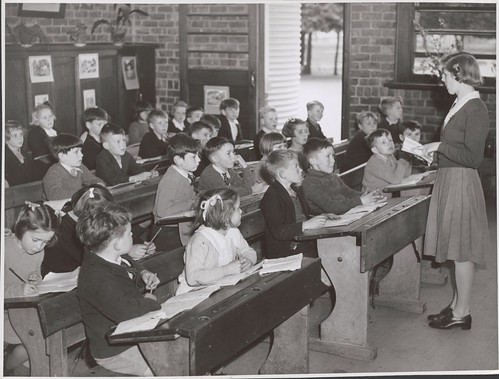As part of our TDT for one of our science inputs, myself and 4 others worked together to write a short essay on scientific literacy.
AC1 – Explanation of the concept of scientific literacy;
Scientific literacy is an often-misunderstood term and in recent years, with the increasing demand to make scientific literacy more known in schools, it is more important now than ever to ensure we have the correct understanding of what it means to be scientifically literate. In this assignment, we will go into more depth about what scientific literacy is and how this can be taught is schools; and also, the impacts of a lack of scientific literacy, especially within the media.
Many see scientific literacy in primary school as learning to spell scientific vocabulary or completing a science-based comprehension. However, while these may be useful for scientific knowledge, they do not teach children scientific literacy.
In a book discussing science in education, it is stated that “scientific literacy is the knowledge and understanding of scientific concepts and processes required for personal decision making, participation in civic and cultural affairs, and economic productivity” (National Research Council, 1996). This means that people who are scientifically literate should be able to apply their knowledge of scientific concepts to everyday life and be able to confidently explain the theory behind these concepts. They also have the responsibility to dispute reports and inaccurate publicising of scientific information.
AC2 – Analysis of an example where a lack of scientific literacy has led to inaccurate media reporting;
An example of a lack of scientific literacy was a paper written by Dr Andrew Wakefield. He claimed that there was a link between the measles, mumps and rubella (MMR) vaccine and autism. He stated that the combination of the three viruses contained in the vaccine may overload the body’s immune system and that there was evidence that children’s behaviour changed after getting the MMR vaccine. This led to a range of inaccurate media reporting. In turn, the number of children receiving the vaccine dropped significantly as parents were concerned about the risk of autism. This has resulted in preventable outbreaks of measles, such as one in California in 2014 where schools had to be closed.
However, it has been stated that there is, in fact, no link between MMR and autism. After carrying out a study with around 95,000 children, scientists have discredited the work of Andrew Wakefield after publishing their study in the Journal of the American Medical Association. Parents have been reassured that the MMR vaccine is safe for their children. After a hearing at the General Medical Council on 28th January 2010, it was ruled that Wakefield acted unethically in his research.
AC3 – Discussion of how teaching fair testing in school science links to scientific literacy;
It is extremely important for children to be able to gain a good understanding about fair testing. Fair testing allows children to be able to assess and produce accurate results when conducting scientific experiments in the classroom. The concept of fair testing is that only one variable in the experiment is changed at any one time, however, every other variable has to stay the same throughout the experiment. For example, “when testing various brands of kitchen paper to find out which is most absorbent, pupils learn that the size of the sheet of paper and the volume of water used are among the variables that must be controlled if the results are to be accurate” (Inspectorate Evaluation Studies, 2008). Therefore, fair testing in school science has an impact on scientific literacy, as it is important that children understand that changing a variable has an impact on the outcome of the experiment and will allow them to have a greater understanding of the experiment as a whole. Teaching fair testing allows the children to understand that there are no deliberate advantages or disadvantages within the experiment to any of the variables. Therefore, making the information reliable. Fair testing is linked to scientific literacy as the children will be able to perform the experiment and analyse the results. This will allow greater understanding of specific concepts in depth as they will be able to identify the problems within in the experiment.
References
BBC News (2008) MMR Research Timeline. Available at: http://news.bbc.co.uk/1/hi/health/1808956.stm (Accessed 9th February 2018)
Inspectorate Evaluation Studies (2008) Science in the Primary School. Marlborough Street, Dublin: Inspectorate, Evaluation Support and Research Unit, p. 4. Available at: https://www.education.ie/en/Publications/Inspection-Reports-Publications/Evaluation-Reports-Guidelines/Science-in-the-Primary-School.pdf (Accessed: 11 February 2018).
National Research Council (1996) Available from: https://www.nap.edu/catalog/4962/national-science-education-standards
The Guardian (2015) No link between MMR and autism, major study concludes. Available at: https://www.theguardian.com/society/2015/apr/21/no-link-between-mmr-and-autism-major-study-concludes (Accessed 9th February 2018)
The National Health Service (2015) MMR Vaccine. Available at: https://www.nhs.uk/conditions/vaccinations/mmr-vaccine/ (Accessed: 9th February 2018)
Emily Henry, Neve Fordyce, Chloe Davidson, Emma Whiteman and Jennifer Laird

